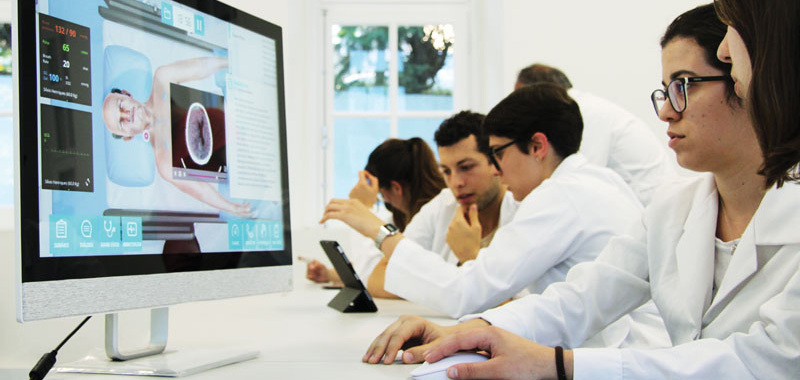
You might never hear about the golden circle but visually is essentially a circle composed by three circular crowns that present one different question each: why, how and what. Created by Simon Sinek, a leadership specialist, the main idea of the circle is to help organizations and individuals set their priorities on their thoughts, actions and communication.
We challenge you to think about this concept inside the simulation area, especially when it comes to enhance students technical and non-technical skills. As Simon Sinek explains, “everybody knows what they do. Some know how they do it but very few people know why they do what they do”.
Why = The Purpose
The first difficult task is to decide which benefit to highlight. Nevertheless, due to healthcare professionals’ primary mission of saving lives and applying of the best treatment to obtain the best implications for the prognosis and future quality of life of patients and their families, we can start by mentioning how simulation contributed to safety. By providing inexperienced trainees the chance to practice both common and less common clinical scenarios, simulation reduces and prevents clinical mistakes, without jeopardizing patients’ wellbeing.
Furthermore, the three aims of accelerating clinical education with high quality standards; reducing the shortage of healthcare professionals worldwide; and promoting lifelong learning opportunities for all, increase the quality of care and ensure access to healthcare services.
Connected to the Sustainable Development Goals for 2030, simulation also ensures inclusive and equitable quality education. As most top healthcare professionals are integrative clinical thinkers, analytical problem-solvers and reflective learners, aspects such as perception, reasoning, interpretation, judgment, and decision making are essential competencies enhanced by simulation.
How = The Process
From attending new-borns to dealing with adults, an immersive experience of learning by doing is how healthcare professionals quickly develop their cognitive and soft competencies. By connecting their theoretical knowledge to their skills-based performance, simulation can also capture their intrinsic motivation.
The opportunities to repeat the processes and correct their mistakes enable learning that leads to mastery. In addition, understanding cognitive processes through emotional engagement is also a critical element in the learning process.
Either following an in-person model, attending online classes or participating on a hybrid model of working, simulation functions as a complementary working tool for you to enhance your students critical reasoning and decision-making skills in a safe and interactive environment.
Written by Rita Flores from Body Interact (Take the Wind, S.A., Portugal)



